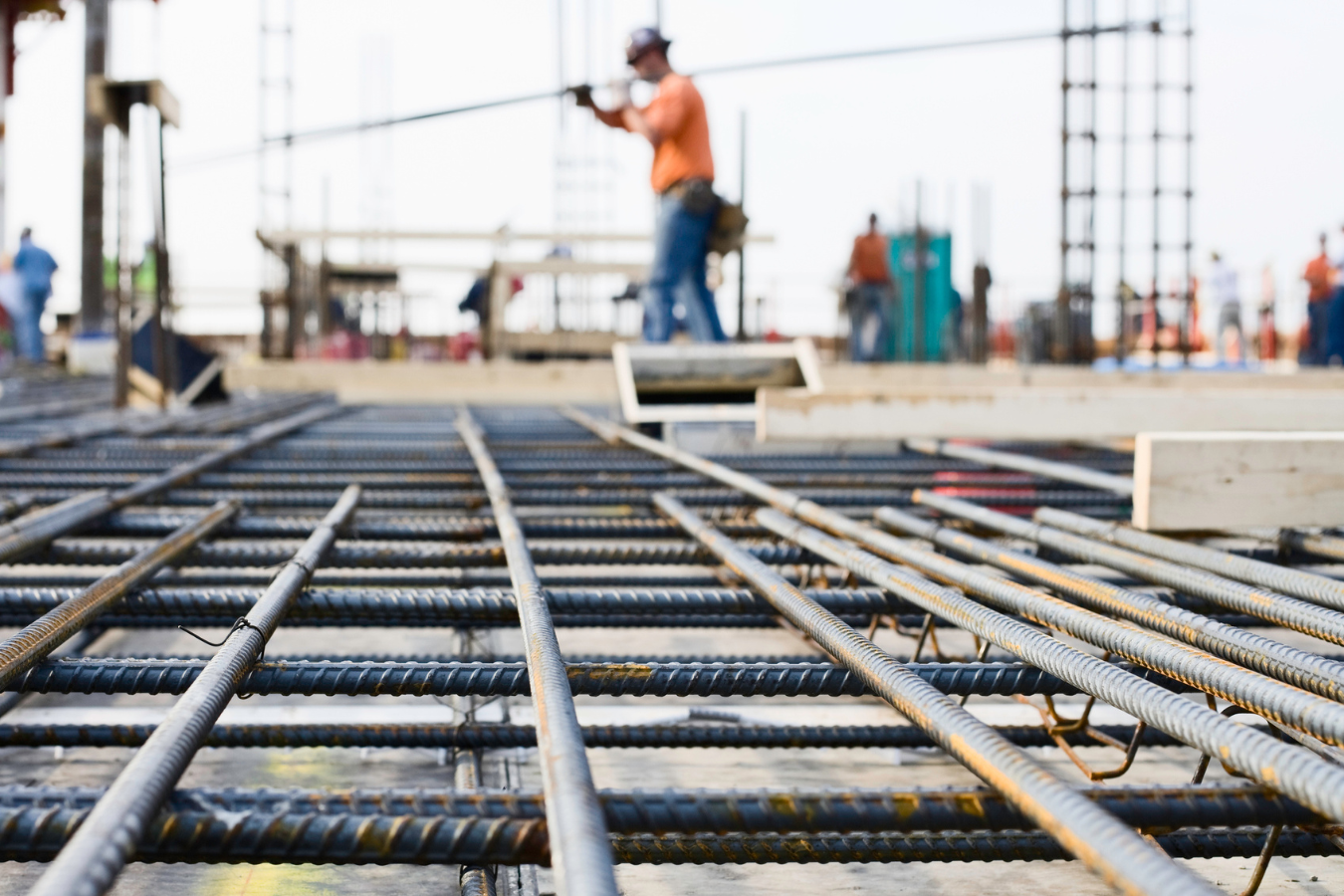The Build America; Buy America Act was established to push the use of American-made products and materials in infrastructure projects. The act is included in the Bipartisan Infrastructure Law (BIL).
For the longest time Build America; Buy America Act focused on a few building products. However recently, the act guidance in the IIJA added more products to the list. Now the building products covered by the Build America; Buy America Act are;
-
Non-ferrous metals
These metals do not contain any appreciable amounts of iron. They are ideal for housing construction, large-scale piping, and industrial containers. This is mainly due to their tensile strength and durability.
Non-ferrous metals include aluminum, copper, lead, nickel, tin, titanium, and zinc. Copper alloys like brass and bronze are also a part of this family.
-
Plastic and polymer-based products
These include polyvinyl chloride (PVC), high-density polyethylene (HDPE), and expanded polystyrene (EPS). In addition, they include rubbers, thermoplastic elastomers, adhesives, foams, paints, and sealants.
Plastic and polymer-based products are used for various applications. These include seals, windows and doors, pipes, cables, floor coverings, and insulation. Cladding, rainwater, membranes, glazing, and signage are also some of the areas where they are applicable.
-
Composite building materials
Composite materials are generally used for buildings, bridges, and structures such as swimming pool panels, shower stalls, bathtubs, storage tanks, imitation granite, and cultured marble sinks and countertops.
These materials include concrete, reinforced plastics, Ceramic matrix composites (composite ceramic and metal matrices), steel–reinforced concrete, and composite wooden beams.
-
Glass
Basically, glass is a translucent material, created by the application of heat to sand.
It has multifarious properties and uses however it is mainly used as a transparent glazing material, providing architects with plenty of new designs and possibilities to enhance the look and features of buildings. They are widely used on windows, doors, and partitions.
Also Read: Top airports that will benefit from the recent 1bn USA airport Infrastructure grant
-
Fiber-optic cable/optical fiber
Fiber-optic cables or other optical-fiber cables are similar to electrical cables, only that they contain one or more optical fibers that are used to carry light. The optical fiber is coated with plastic layers and contained in a protective tube suitable for the environment where the cable is used.
Different types of Fiber-optic cable/optical fiber are used for different applications. These applications include long-distance telecommunication or providing a high-speed data connection between different parts of a building.
-
Drywall and Lumber
Also known as wallboard, Drywall is made of gypsum (calcium sulfate dihydrate), paper, and additives such as mica, clay, and resin. It is used as a faster alternative to plaster and wood in dwellings and other buildings.
Lumber on the other hand is wood that has been processed into uniform and good sizes (dimensional lumber), including beams and planks or boards. Lumber is mainly used for construction framing, as well as finishing from floors to wall panels and window frames.
As per the proposed guidance, a product qualifies as manufactured in the U.S. if the cost of its components (mined, produced, or manufactured domestically) is greater than 55% of the total cost of all features.

